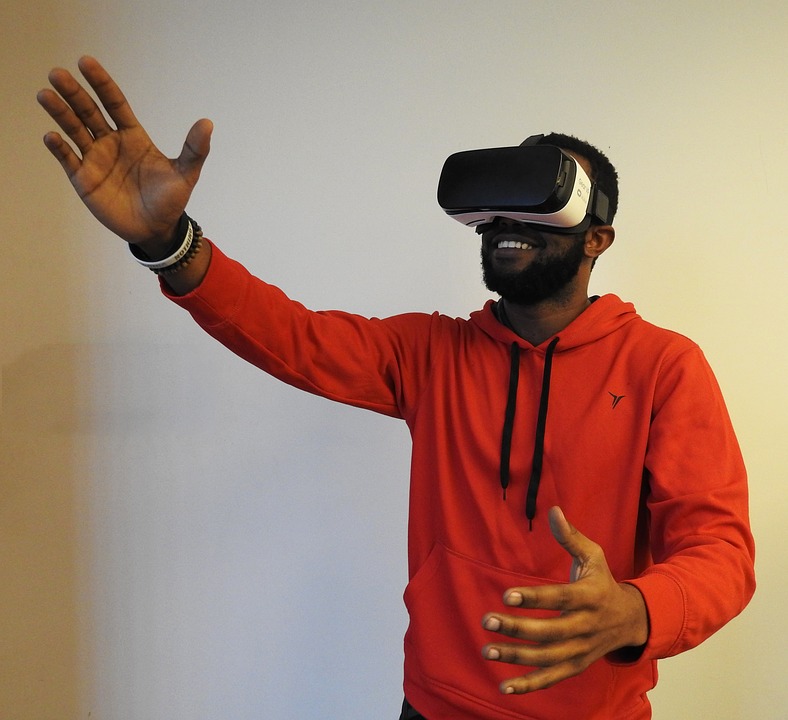OTAN News
Using Virtual Reality to Explore the World (and Beyond)

The next wave of technology that is making its way into education is virtual reality (VR) and augmented reality (AR). Merriam-Webster defines virtual reality as "an artificial environment which is experienced through sensory stimuli (such as sights and sounds) provided by a computer and in which one's actions partially determine what happens in the environment," while augmented reality is "an enhanced version of reality created by the use of technology to overlay digital information on an image of something being viewed through a device (such as a smartphone camera)."
With everyday smartphones plus a few purchased items (like VR goggles) and free apps such as Google Expeditions and YouTube 360, it's never been easier to bring VR and AR into the classroom. At first glance, it may be difficult to see the value of VR in the classroom, or the ways to introduce and integrate VR into your instruction. If you're a regular user of photos and videos in your classroom, however, you might explore the possibilities with VR and what VR can bring that other media cannot. For example, VR gives students the chance to visit locations around the world like a tourist, whether it's for a geography or history class or a study of people and cultures around the world. VR can also bring students into locations that might be valuable to explore for work and employment, such as farms, hospitals, factories, TV studios, courtrooms and law offices, and more. Students can also visit places that are difficult to travel to, like inside the human body, the inner workings of electronic circuits, and the far reaches of outer space. Being able to place students in these environments may help students gain a much deeper understanding of the material that they are unable to get from just reading about it or looking at or watching it.
VR may also give our students an opportunity to see themselves in environments that they had not conceived of before. Colleges and universities, for example, are creating virtual tours that give prospective students the chance to explore campuses where they might consider enrolling in the future. Especially for families with adults who did not attend college, this is a way to demystify those places and give teenagers and young adults (and even older adults!) a feeling of potential. It also helps students save time and money that an in-person visit would cost.
Contact OTAN if you would like to begin exploring VR and the possibilities for your classroom and students! We can help introduce you to the topic and give you some ideas to get started. Please also take a look at the articles below to learn how others are using VR.

